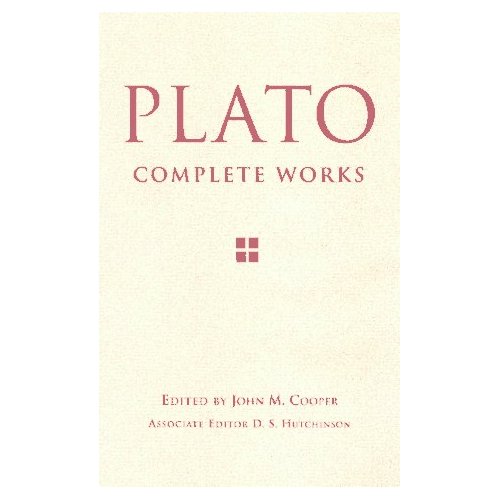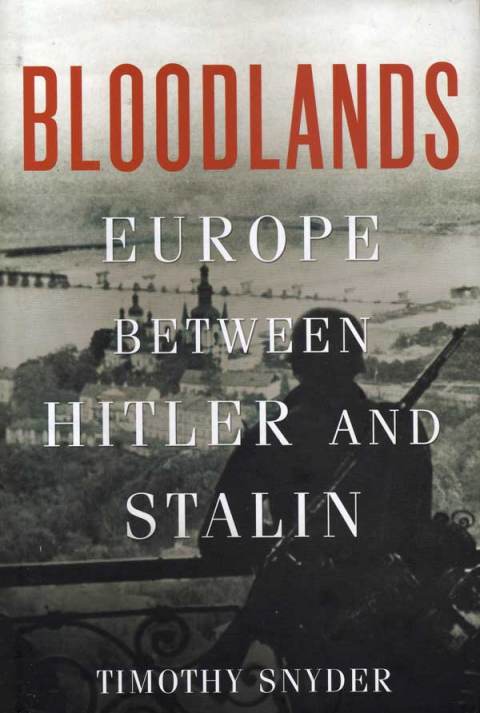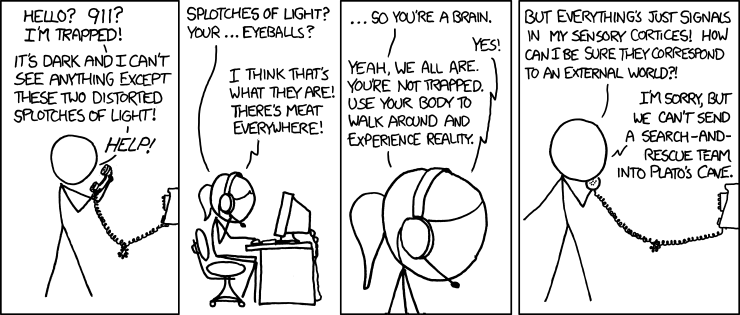“War and Sports” Tuesday, April 5, 2011 Speaker: THOMAS SCANLON 2:00 PM ET/ 11:00 AM PT (90 minute lecture and Q&A) Both sport and battle were “contests” for the Greeks, agones, in their terms. We will here look at the fascinating and puzzling legend(s) of Pheidippides (or whatever his name was), ancient long-distance messenger runners […]
Author: Dwight
I’m a little overwhelmed at what is available online to help in reading and understanding Plato’s dialogues. Many sites or posts I found focus on one or two of the dialogues so I will link them when I get to that particular work. If you know of any general resources, let me know in the […]
One of my goals has been to read Plato. And understand, at least partially, what I’m reading. If nothing else, it should prove entertaining (even if only in a painful manner) for others who took philosophy courses. I thought I would go in the order of John M. Cooper’s compilation (shown above—a gift from my […]
Timothy Snyder, Bloodlands: Europe Between Hitler and Stalin Basic Books, Hardcover, 544 pages ISBN-10: 9780465002399 / ISBN-13: 978-0465002399 Each of the dead became a number. Between them, the Nazi and Stalinist regimes murdered more than fourteen million people in the bloodlands. The killing began with a political famine that Stalin directed at Soviet Ukraine, which […]
More quotes from Bloodlands: Europe Between Hitler and Stalin by Timothy Snyder. Chapter 10 (“Ethnic Cleansings”) and Chapter 11 (“Stalinist Anti-Semitism”) look at Stalin’s actions post-World War II and how they impacted the “bloodlands.” With the relocations of ethnic populations, Stalin moved millions of people in order to create the client states he wanted. At […]
More quotes from Bloodlands: Europe Between Hitler and Stalin by Timothy Snyder. Chapter 9 (“Resistance and Incineration”) looks at Jewish resistance, the Warsaw Ghetto Uprising (April/May 1943), the destruction of that ghetto and the construction of a concentration camp on the same spot, the Warsaw Uprising (August/September 1944), and the destruction of Warsaw just before […]
More quotes from Bloodlands: Europe Between Hitler and Stalin by Timothy Snyder. Chapter 8 (“The Nazi Death Factories”) focuses on the evolution and operation of the death factories run by the German regime. While some facilities exploited those Jews healthy enough to work, others were solely intended to kill. As Snyder shrewdly put it, “Belźec […]
Source (click for larger view) A friend emailed me the link to this cartoon…thought someone out there might like it. (Be sure to move the mouse over the panels, too.)
NOTE: This entry no longer updated. See my Works Covered page for a list of all books reviewed on this blog. Since I spend a lot of time with nonfiction and initially I did not make any comments on these books I wanted to have one page that provided an easy round-up for me to […]
More quotes from Bloodlands: Europe Between Hitler and Stalin by Timothy Snyder. Chapter 6 (“Final Solution”) and Chapter 7 (“Holocaust and Revenge”) continue the look at the evolution of the “Jewish problem” and confrontations between Nazi Germany and the Soviet Union, particularly in Belarus (where half the pre-war population had been killed or moved by […]


